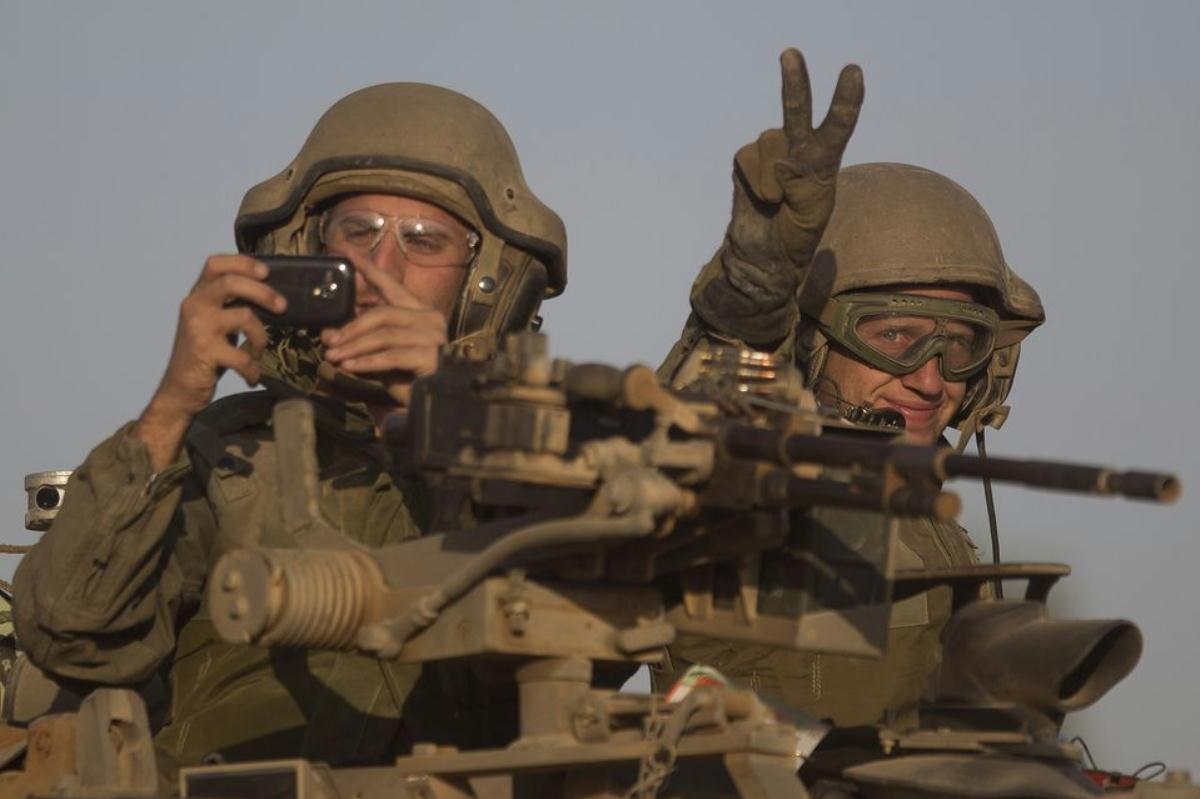Native Americans are not Mascots
/- Originally published in the Arkansas Democrat-Gazette (Little Rock) February 19, 2005
BY KATHI WESHO-BAUER
As a Menominee Indian, I have long had issues with non-Indian institutions using Native American imagery and rituals as mascots.
In no way do Indian people feel honored by Indian mascots. And despite the continued objection of Indians, the purveyors of this racist behavior continue to claim that they are merely educating the public about who Indians are.
For white people to appropriate Indian culture in any way, and especially for the fun of it, is offensive; even more so when you consider the impact of white "manifest destiny" upon Indian nations across the United States.
Uproar would ensue if Indians were to appropriate parts of Christian religion for sportingevent entertainment or utilize the stereotype of a "hillbilly." No one would stand for it if Indians used other people's cultures and traditions as mascots. Yet many schools here in Arkansas continue to use Native Americans as their mascots, perpetuating the one-dimensional portrayal of Indians. At the same time, they completely disregard the reality that Indians remain connected to their culture and traditions and also successfully live in today's world.
Arkansas State University has had its contrived "Indian" mascot in its various forms for 70 years. Despite the use of Indians as mascots being publicly denounced by Chief Chad Smith of the Oklahoma Cherokee Nation, the school continues to claim that it has approval from a representative of the Cherokee Nation. The school steadfastly refuses to change its mascot.
John Phillips, who is white, is a board member of the ASU Alumni Association and the creator of the Brave costume. He told me that they make every attempt to respectfully portray the culture of Native Americans as being dignified. He went on to claim that the Indian tribe that approves the ASU mascot is from Arkansas. However, according to the Bureau of Indian Affairs, Arkansas does not have any state or federally recognized Indian nations.
On Jan. 27, members of the Indigenous Talking Circle and our ally, the Center for Artistic Revolution, set up a protest of ASU's mascot outside of Alltel Arena during the game between the University of Arkansas at Little Rock Trojans and the ASU Indians. Fans, upon seeing our signs, launched into stereotypical Hollywood war whoops, which incidentally don't reflect any of the Indian nations' war cries. Disparaging remarks were the order of the day. Parents laughed while their children made fun of Indians. Despite the fact that Indians were standing in protest, the stereotyping continued as the fans shouted, "Where are the real Indians?"
In the midst of the overwhelming torrent of negative and racist remarks, a woman stopped with four children in tow. She asked the group to explain to the children the purpose of the protest. She took the opportunity to engage in a "teachable moment" for the children. The children were attentive and asked questions. They got very quickly that it doesn't feel good to be made fun of. Now if only we could have such dialogues with adults. Of all the basketball fans who passed our way, only this group stopped to ask why we were out there.
If institutions such as ASU truly want to honor Indian people, then perhaps they might consider naming buildings, halls or streets after great Indian athletes. For instance, there's James Francis Thorpe (Sac and Fox Nation), who was named ABC's Wide World of Sports Athlete of the Century. Charles Bender, a Chippewa, was elected to the Baseball Hall of Fame in 1953. Jess Willard (Potawatomi) became the world heavyweight boxing champion in 1915. Tom Longboat (Onondaga) set the Boston Marathon course record in 1907. Notah Begay III (Navajo) won both the 1995 Walker Cup and the 2000 Presidents Cup.
There is no honor is taking Indian culture and spirituality and calling it halftime entertainment.
------::------Kathi Wesho-Bauer of Romance is coordinator of the Indigenous Talking Circle, a project of the Women's Project.













































































































































































































































































